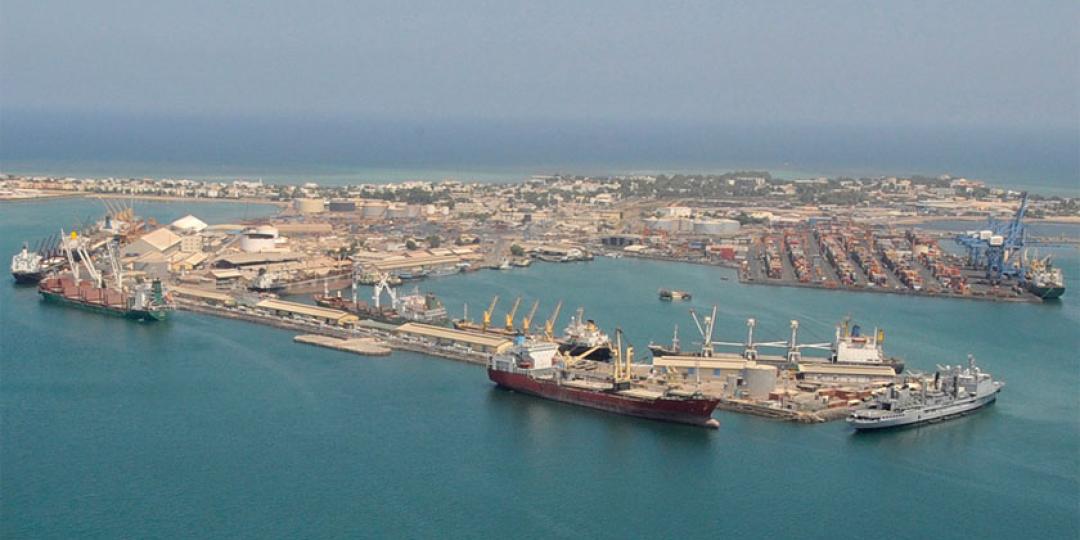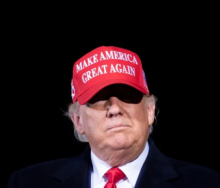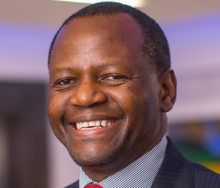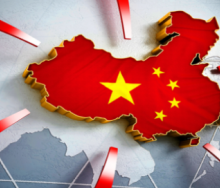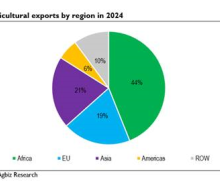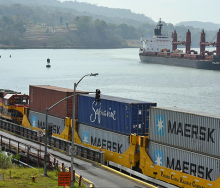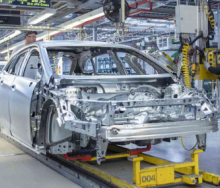A decade of investment by the Ethiopian government in road, rail, port and other infrastructure projects is paying off, with the country tipped to overtake Kenya as East Africa’s largest economy during 2017, according to estimates by the International Monetary Fund (IMF).
Government-funded infrastructure projects have concentrated on facilitating a better power supply and smoother logistics.
A flagship rail project has seen transit times between the Ethiopian capital Addis Ababa and Djibouti Port cut from days or weeks to 10 hours. The 750-kilometre high-speed connection is the first fully electrified cross-border railway line in Africa. Trains travel at 120 km/h.
The line is the first step in a vast 5 000-km-long network of rail connecting Ethiopia to Kenya, Sudan and South Sudan which is planned for completion by 2020.
Neighbouring Djibouti has also been investing heavily in the Doraleh multi-purpose port, which is in the process of being modernised.
Freight volumes and the demand for logistics services have increased as the economy expands.
Economic growth has averaged 10.8% per year over the period 2003/04 to 2014/15 compared to the regional average of 5.4%, according to the World Bank.
Expansion of the services and agricultural sectors account for most of this growth, while manufacturing sector performance is described as “relatively modest”.
The investment in logistics and power-related infrastructure has paved the way for the Ethiopian government’s second phase of its Growth and Transformation Plan (GTP II).
GTP II, which runs from 2015/16 to 2019/20, aims to continue improvements in physical infrastructure through public investment projects and transform the country into a manufacturing hub.
The overarching goal is to turn Ethiopia into a lower-middle-income country by 2025.
In addition to putting the logistics and other infrastructure in place the government has introduced a range of incentives that target priority areas such as manufacturing and mining.
There is a ready market for the manufacture of fast-moving consumer goods.
International investors have Ethiopia on their radar
More than half a billion dollars in Foreign Direct Investment (FDI) entered the country in the last three months of 201, according to the Ethiopian Investment Commission (EIC).
More significantly, it says that 3.5 billion dollars’ worth of foreign direct investment from 124 investors is in the pipeline.
One of the country’s strengths is that it can provide reliable power
Power is due to start flowing from a giant hydro-electric plant on the Gibe III dam.
It is expected to generate as much electricity as currently produced by the whole of neighbouring Kenya, which has agreed to purchase surplus power.
The export earnings will help to plug Ethiopia’s current-account deficit, while low-priced, green and reliable power will support the emerging manufacturing sector.
